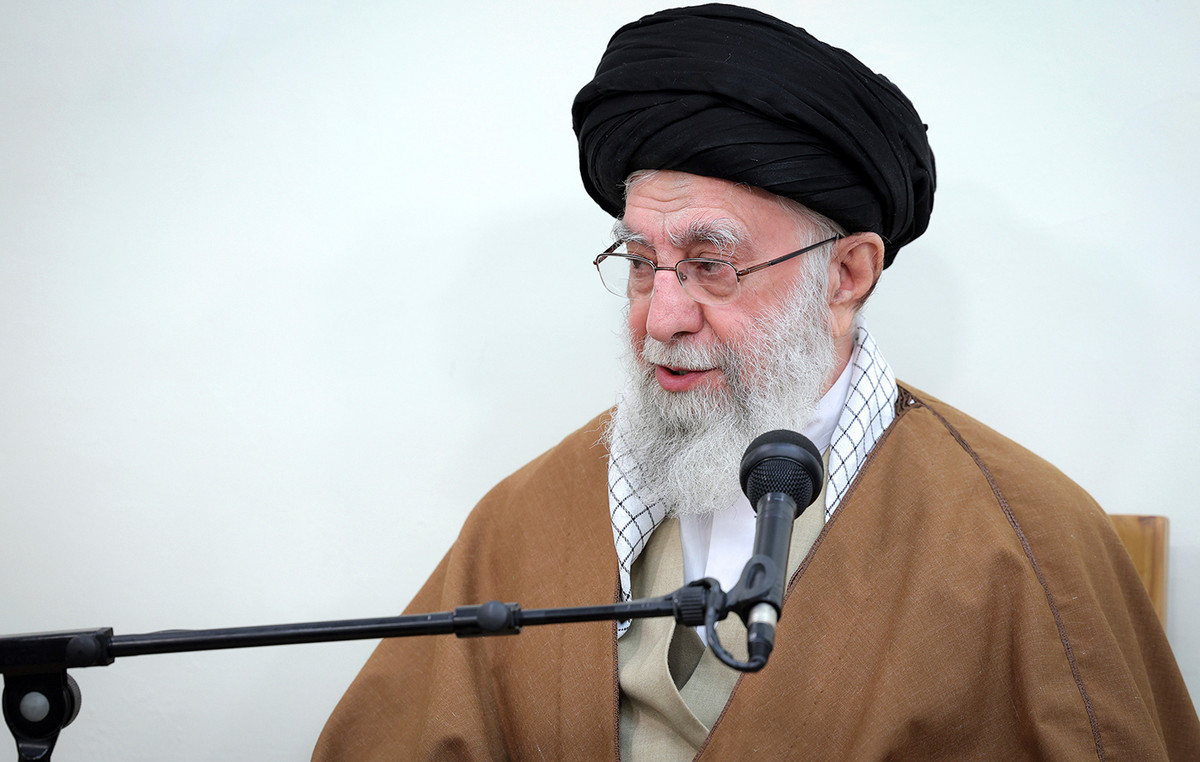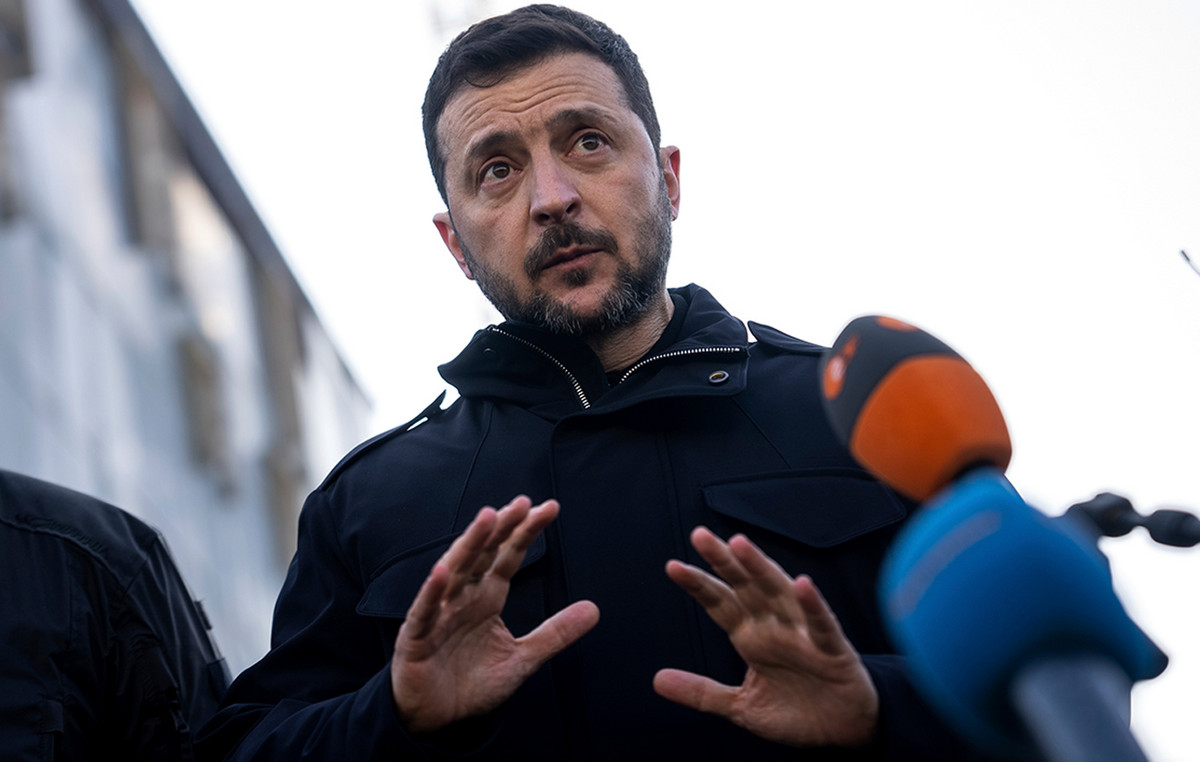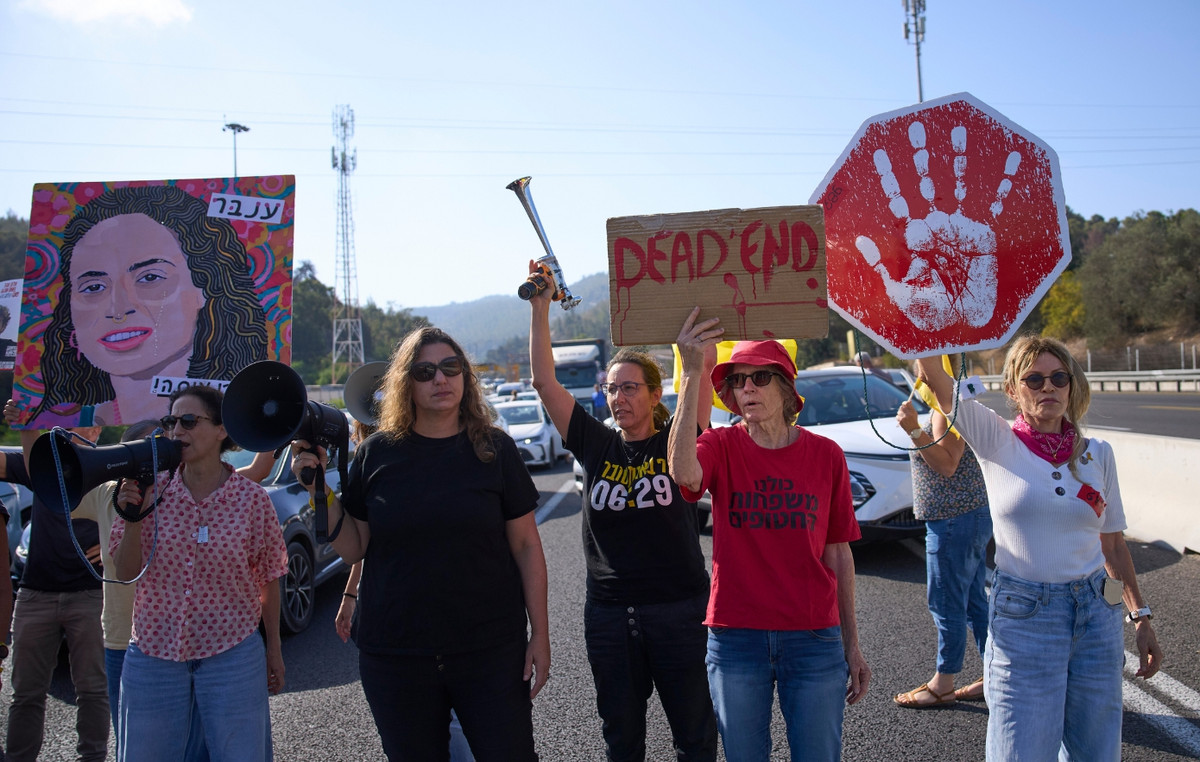Exactly 50 years ago, the Estado Novo dictatorship was overthrown in Portugal, after a movement that became known as the Carnation Revolution. Thus, April 25, 1974 was marked as the “beginning of democratic life” in the European country.
This uprising, which experts emphasize was peaceful, was joined by the Armed Forces and the civilian population, dissatisfied with the country's direction and the government's fight against the independence of the colonies. The Estado Novo was the longest dictatorship in Europe, beginning in 1933.
Dictator Antonio Oliveira Salazar ruled the country until 1968, but the regime only ended in 1974.
The revolution also paved the way for the resolution of struggles for freedom in Portugal's colonies. Three months later, the independence of Guinea-Bissau was recognized, and, in 1975, it was the turn of Cape Verde, São Tomé and Príncipe, Mozambique and Angola, for example.
Red carnations became a symbol of the revolution, as the population took to the streets and distributed these flowers to rebel soldiers, who placed them in the barrels of their rifles.

Colonial independence movement
After the Second World War, and mainly with the creation of the United Nations (UN), colonization became an increasingly criticized practice, understood as an attack on people's freedom.
From the 1960s onwards, several Portuguese colonies began the fight for independence. In 1973, Guinea-Bissau unilaterally declared independence.
In addition to being a point of friction in diplomacy, Portugal suffered considerable casualties and expenses in conflicts, which also increased the population's dissatisfaction with the government.
On Tuesday (23), Portuguese President Marcelo Rebelo de Sousa acknowledged that the country committed crimes during the colonial and slavery era, suggesting the need for reparations.
Portugal trafficked almost six million Africans, more than any other European nation.
April 25, 1974
On April 25, 1974, a Thursday, soldiers left the barracks and took to the streets of the capital Lisbon, demanding the deposition of Marcello Caetano, then president of the Estado Novo Council, and Américo Tomás, president.
The coup d'état was planned by a group of captains. However, it had civilian support and was mostly peaceful.
As mentioned, on this date, the population, who also came out to protest against the dictatorial government, distributed red carnations as a thank you to the troops, making the flower the symbol of the revolution.

After the deposition of the Estado Novo, a Salvation Junta was established, which made the transition to democracy and closed dictatorial institutions, such as the International and State Defense Police and censorship.
As a result, leaders of opposition parties also returned from exile.
New government and turmoil
General António de Spinola, considered one of the heroes of the revolution, was the first president after the fall of the dictatorship, but only remained in office for five months, as the climate of tension and political instability increased in the country.
Between May 1974 and July 1976, Portugal had six provisional governments.
One of the main factors of instability after the revolution were the divisions that emerged in different military units.
New Constitution and elections
A pact between political parties and the Armed Forces Movement made it possible to hold elections for the Constituent Assembly on April 25, 1975.
The work of this body began on June 2, 1975, one of the most turbulent periods after the revolution.
In the following months, tension and political violence worsened, with confrontation between defenders of the “revolutionary path” and those of the “European model of democracy”.
On November 12, 1975, a demonstration surrounded the São Bento Palace, where the assembly met. A large part of that audience were construction workers, who were fighting for the signing of the collective work contract.

Days later, on November 25, 1975, moderate military personnel managed to defeat far-left officers, marking the defeat of the “revolutionary wing” of the Armed Forces Movement and returning political parties to the center of political life.
The new Constitution of Portugal was approved by the Constituent Assembly on April 2, 1976. Only the Democratic and Social Center Party voted against the text.
As highlighted by the Portuguese Parliament, the 1976 Constitution enshrines fundamental rights and duties such as:
- the principle of equality;
- freedom of the press;
- religious freedom;
- labor, social and cultural rights;
On April 25, 1976, the first elections for the Assembly of the Republic were held, with a majority from the Socialist Party: 35% of the votes and 107 deputies.
Ramalho Eanes was elected president of the Republic on June 27; Mário Soares, leader of the Socialist Party, took office as Prime Minister of the first Constitutional Government in July.

*with information from Agência Brasil, Portuguese Parliament and Reuters
Source: CNN Brasil
Bruce Belcher is a seasoned author with over 5 years of experience in world news. He writes for online news websites and provides in-depth analysis on the world stock market. Bruce is known for his insightful perspectives and commitment to keeping the public informed.







